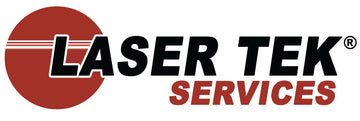What is A Transfer Kit?
The transfer unit is part of the laser printer mechanism wherein the image is impressed on the paper before the fusing process. It is found beyond the photosensitive drum and before the fuser assembly. Like most parts of the printer, the transferring process also involves passing through the different parts of the unit. After developing an image on the photosensitive drum, the paper then passes through two rollers (upper and lower). The lower roller is charged with electrostatics, attracting the toner to stick to the paper from behind to form the image. The rollers finally imprint the image on the paper while at the same time clean up excess or loose toner and depositing it in the toner waste hopper.
Transfer kit vs Maintenance kit
There is very much a big difference between the transfer kit and maintenance kit, although both contain a laser printer’s replacement parts. The maintenance kit or the preventive maintenance kit has the basic and general parts for replacement. As we know, each unit or mechanism of a printer has a lifespan. The kits are used to replace these units’ assembly so overusing may be prevented. The maintenance kit usually includes a transfer roller, multiple paper tray feed and retention rollers and some has pick up roller, Fuser, and even separation pads depending on the manufacturer. It may take thousands of cycles or years before a moving printer part needs replacement, however, it is always recommended to have one at a ready.
What’s in the kit?

What needs replacement?

Is the OPC drum of your laser printer worn out? Shop for a compatible replacement now at http://www.lasertekservices.com and enjoy big savings.
The transfer unit is a moving part of the laser printer and therefore prone to problems and eventually wear out. Transferring of images requires precise movement of the transfer rollers and transfer belt for the toner. They must be correctly aligned so the image on the paper is accurately placed. As mentioned, the transfer unit is also responsible for clearing the excess toner so there wouldn’t be any build up or loose toner in any other part of the printer. When these parts are defective, unclean or worn out, expect numerous cases of poor quality printouts and other possible interior problems.





